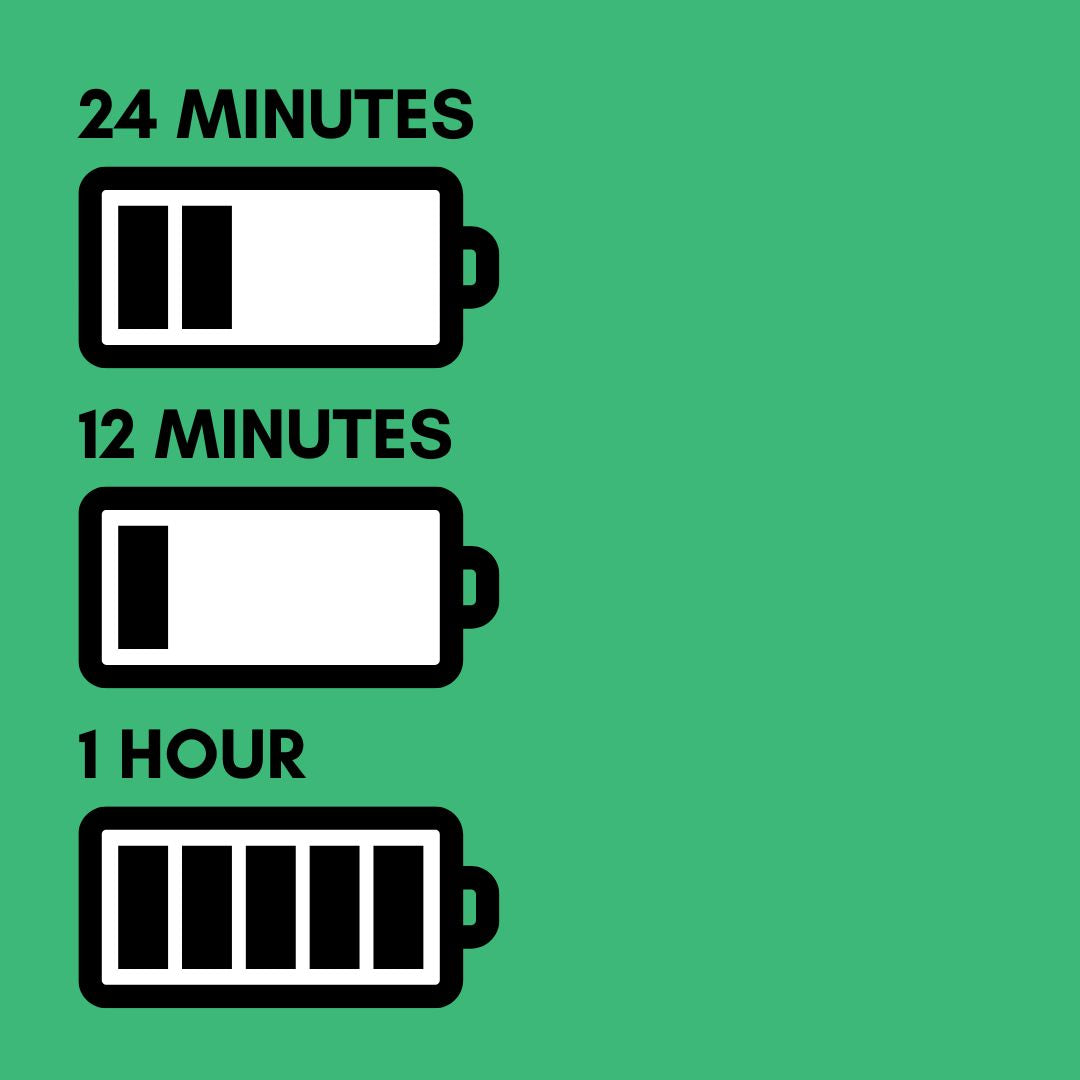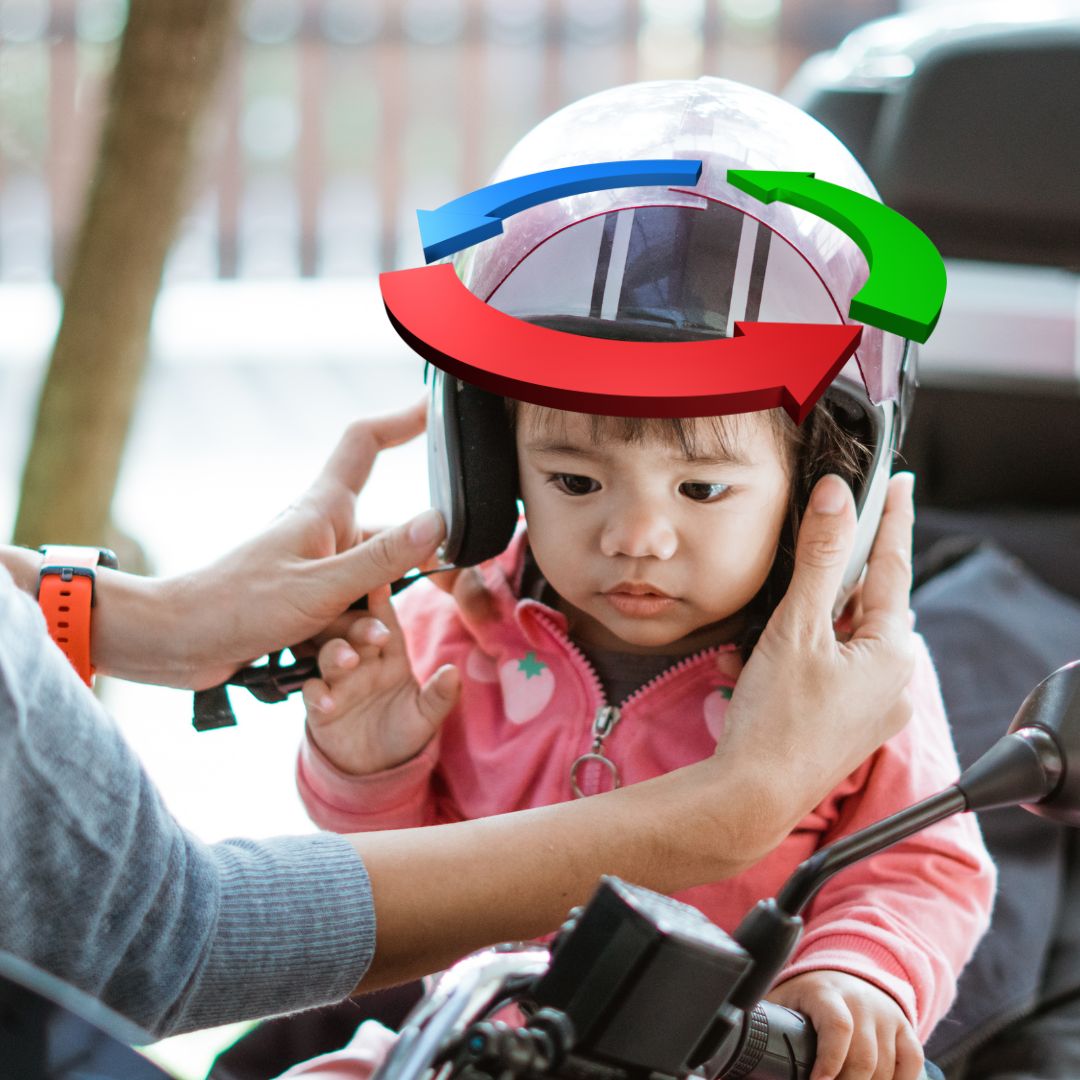
Updated: 14.05.25
Ensuring your child's safety and enjoyment with their favourite ride-on toy cars is crucial, isn't it?
But there’s more to these fun vehicles than meets the eye—specifically, the battery that powers them.
Understanding the battery not only ensures safety but also helps manage costs and maximise the vehicle’s lifespan.
Let’s dive into the electrifying world of ride-on car batteries to cover all you need to know about types, voltages, maintenance, and more.
Get ready to power up your knowledge!
1. What Powers Your Child’s Ride: Types of Batteries Explained
The battery you choose significantly affects your child's ride-on car performance. Let's look at the main options:
- Lead-Acid Batteries: Affordable and durable, but heavier and require occasional maintenance.
- Lithium-Ion Batteries: Lightweight, longer-lasting, nearly maintenance-free, and eco-friendly.
- Nickel-Metal Hydride (NiMH) Batteries: A balance between performance and cost, with a longer lifespan than lead-acid options.
Environmental Considerations
Lithium-ion and NiMH batteries are better for the environment due to their longer life and fewer toxic substances. Recycle these batteries properly to reduce hazardous waste.
2. How to Pick the Perfect Battery for Your Child’s Ride-On Car
Pick the right battery based on your child's age and vehicle needs:
- 6V: Ideal for ages 2–3. Lower speed, safer start.
- 12V: Perfect for ages 3–6. Moderate speed (4–5 mph).
- 24V: Best for kids 6+ who want faster rides (up to 7 mph).
| Voltage | Typical Age Group | Speed |
|---|---|---|
| 6V | 2–3 years | Slow |
| 12V | 3–6 years | Moderate (4–5 mph) |
| 24V | 6+ years | Fast (up to 7 mph) |
3. Keeping the Fun Going: How to Charge Ride-On Car Batteries
How to Know if Your Ride-On Car is Charging Properly:
- LED Indicators: Red means charging; green means full.
- Charger Warmth: Slight warmth is normal during charging.
-
Voltage Levels: Use a voltmeter to confirm:
- 6V: ~7V charging, 6.5–6.9V full
- 12V: ~13.5–14V charging, ~12.7V full
- 24V: ~28–29V charging, ~25.4V full
- Run Time: Sudden drop in runtime? It may be time to inspect or replace the battery.
| Charger Type | Charging Time | Convenience |
|---|---|---|
| Plug-in Charger | Varies | Reliable and widely used |
| USB Charger | Slower | Great for travel |
| Solar Charger | Weather-dependent | Eco-friendly alternative |
4. Upgrading Battery Systems
If your child outgrows their battery, consider upgrading to a higher voltage:
- Needs Check: Upgrade when runtime is no longer enough.
- Compatibility: Make sure the motor and system support it.
- Installation: For major changes, use a pro to maintain safety.
5. Essential Maintenance Tips for Long-Lasting Ride-On Fun
Prevent Battery Overcharging:
- Use a Battery Management System (BMS)
- Stick to manufacturer-approved chargers
- Never leave batteries charging overnight
Battery Life Expectancy
Lead-acid batteries last 2–3 years; lithium-ion and NiMH can last up to 5. Lifespan depends on usage and care.
6. What to Do When Ride-On Car Batteries Act Up
Battery issues happen—here’s how to handle them:
- Not Holding a Charge: Check for loose connections or an aging battery.
- Slow Charging: Inspect the charger and port for faults.
- Complete Failure: Contact the manufacturer or replace the unit.
Conclusion
Understanding ride-on car batteries means more fun, fewer issues, and a safer experience. Choose wisely, maintain regularly, and ride on!
FAQs
What’s the best way to extend the life of my child’s ride-on car battery?
Keep it charged, avoid extreme temperatures, clean terminals, and store in a cool, dry place when not in use.
Can I replace the battery myself?
Yes, if you're confident. For complex upgrades, consult a professional.
How should I dispose of old ride-on car batteries?
Take them to a certified battery recycling center. Never bin them in regular waste.
Get in Touch 🚀
Loved our article on Kid’s Ride-On Car Batteries Explained? Ready for more wheely-awesome info?
Whether you're a parent or a grandparent, we're here for all your kids ride-on toy questions! 🚗💨
Jump into our toy universe at RiiRoo.com or start a chat via Live Chat!








Share:
The Ultimate Checklist for Buying Your First Go-Kart
Here's When You Should Use A 6 Volt Charger